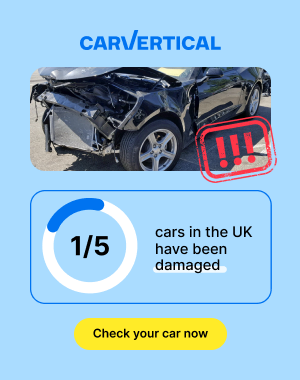
A month or two back, I was told in no uncertain terms that I could no longer plug in electrified vehicles — meaning “pure” battery-electric vehicles (BEV) and plug-in hybrid electric vehicles (PHEV) — to charge when parking them in the large parking garage that’s attached to the condo building I live in.
I emailed the building management company, asking why myself and other residents could no longer plug an electrified vehicle in to the 220 volt outlets in our garage. Was it a safety thing? Cost? Something else — like maybe the garage employees didn’t want to have to unplug cars that needed to be moved?
The only response I got was some vague pablum about it being each driver’s responsibility to find a place to charge. A follow-up asking for more specifics went unanswered.
I should note here that at least three people own EVs that are parked in the garage.

I debated about writing this for a while. I wasn’t going to at first, since it’s really just a small annoyance I am dealing with and I didn’t think it worthy of this platform. While I am testing EVs more than ever, it’s still only a relative handful of vehicles over the course of a year. There are also fast chargers accessible nearby, and while it’s inconvenient, it’s not that big of a deal. It’s also not all that expensive, and I can expense the cost.
After thinking it over, I decided to write about this not to complain or to seek justice for the three EV owners who park in my garage — I assume they commute to an office and charge there, anyway — but because I suspect the decision by my management company to be the product of a lack of information about EVs and EV charging.

I suppose on a basic level, I understand the logic of holding drivers responsible for their own charging makes sense. After all, no parking garage provides gas for cars, right? But electricity is different — it’s readily available from the outlets that dot the garage. And the cost of the electricity needed for charging is almost certainly minimal.
Maybe safety is a concern, but EV fires seem relatively rare. They make news because the technology is new and under a spotlight, but so far the evidence seems to indicate that there’s not that much reason for concern. When EV fires do happen, they can occur when the vehicle is parked but not charging — so while it seems, based on what data we do have, that EV fires can often happen when charging, they don’t only happen when the vehicle is plugged in.
If safety had been an issue, I’d have likely been told so. And the garage has no issue with EVs being parked there, as long as they aren’t charging. So I suspect safety isn’t at play here.

No, I suspect that somehow, lack of information is at play. I can’t prove it, but I am willing to bet that folks with sway over building management decisions believe the cost of electricity used for EV charging is much higher than it actually is.
This is because the average American remains uninformed about EVs. That’s because the automotive industry and the media haven’t done a great job informing the public about how EVs and EV charging work.
To be clear, I think the dedicated automotive press has done a pretty good job on this topic, with the mainstream media and business press being a bit more hit or miss, though certainly not awful
That said, OEMs need to do a better job informing customers about EV basics — and dealers need to be much better, too.
The average car buyer might not read TTAC or Motor Trend or the New York Times’ business page, but they do see television advertising for cars. They do interact with their local car salesperson.

If the automotive industry can finally figure out how to better educate consumers about EVs, our discussions about the topic will be so much better.
And maybe, just maybe, condo and apartment dwellers can charge their EVs where they park.
[Images: Kia, Ford, Hyundai, Volvo, Volkswagen]
Become a TTAC insider. Get the latest news, features, TTAC takes, and everything else that gets to the truth about cars first by subscribing to our newsletter.

